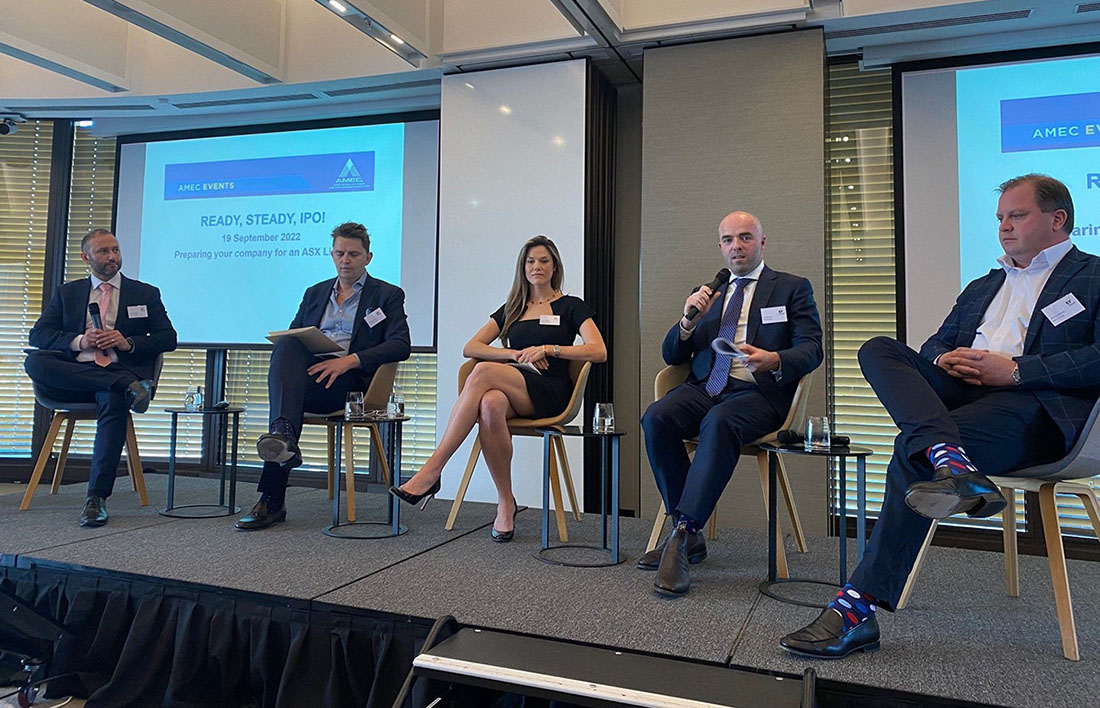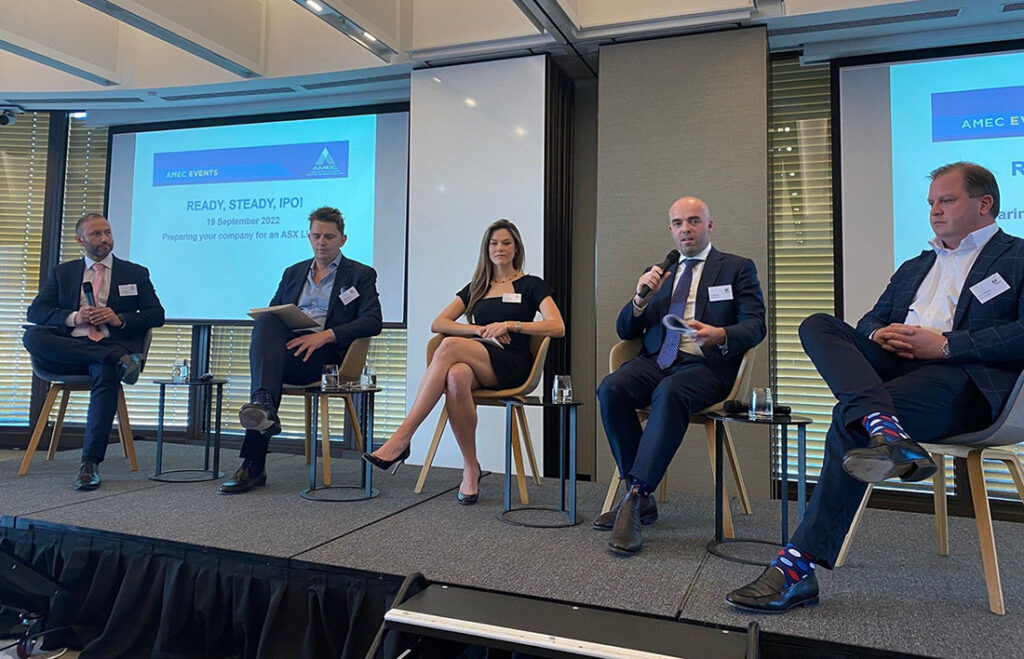
Ready Steady IPO
The ability to position the company’s story to the market from the outset is important, what are the key elements to developing an investor outreach and communication strategy and how does this contribute to a successful IPO?

- BRANDING:
The first thing we would look at is the branding of the company. Branding is important because you will be competing for market attention with more than 2000 other ASX listed companies. Exploration companies (for example) might have the projects and geology they want to promote, but they often don’t have an online marketing presence. It’s not always the case for every company, but an experienced IR and marketing person would help a company develop their brand – from designing a unique logo, securing a domain, building a company website and creating all of the necessary marketing collateral for the company once it’s listed.
- MESSAGING:
The second and most critical element is messaging. We work with companies acting as a critical sounding board to develop and refine their key messages or value proposition. Investors will evaluate a company based on many factors including management experience, innovation, market position, corporate governance, growth track record and more.
An experienced IR person can help a company to focus on the financial and non-financial messages that can be communicated to a wide range of market participants including retail and institutional investors, regulators and the media. Strong, clear messages help to build awareness and develop a relationship with the market, and transparency in messaging will help to win market trust.
In a nutshell, you will need to explain your business so that people who don’t know it can understand.
- DISTRIBUTION:
When we get the company to a point that it ‘looks’ and ‘sounds’ good, the next critical element in the IR and comms strategy is distribution. This involves getting the ‘brand’ and the company’s message out to the market via internal and external distribution channels.
Internal distribution involves setting up the company’s marketing platforms like social media channels (e.g. linkedIn and Twitter), getting the final website to go ‘live’, and setting up an Email Direct Marketing (EDM) platform to build your investor database leading into the IPO.
At this point in the process, there are regulatory disclosure limitations on marketing that a company needs to be aware of and carefully navigate around (especially in the interim period just before and after lodgement of the prospectus). However, while it’s important not to breach any of these rules, you can’t see a secret!
External distribution involves engaging with the company’s lead managers to help set up investor roadshows, one-on-one meetings, and securing interviews with independent media. We would typically pitch an upcoming IPO to industry related press. In the case of resources and mining (for example) we would secure media coverage with Mining News, Stockhead, the Market Herald etc., and also aim to get an exclusive with the Australian Financial Review (AFR) at key milestone points, such as when the company’s lead managers are mandated and when the prospectus has been lodged with ASIC.
Finally, you will know if your IR and comms strategy has been successful if your Company’s IPO has a good spread of retail investors, and of course, if the company successfully lists on the ASX!
Planning out your post listing strategy to drive on-market awareness and interest in the stock is equally as important but can often be over-looked. Why is it important and at what point in the process should this become a priority?
The best way for a company to prepare is to act like a public company before the float to ensure a less stressful transition when the Company is public.
It’s unique for every company, but we believe that preparing a company with an announcement to go out on the day of listing (for example, announcing the ‘commencement of a maiden drilling program’ or a ‘strategic partnership or acquisition’) is very important to keep the momentum going and to help support the share price post listing, as well as, securing media engagement and interviews on the day of listing. Post-listing, it’s important to have a pipeline of announcements (or activity) ready to go.
While all of the company’s strategic IR and comms platforms are set up during the pre-IPO process, it’s important to be persistent and consistent with getting the company’s message out there.
Build your database and continue to engage with your followers in a creative and impactful way. Be consistent with social media to build your company’s profile. Lastly, get involved with conferences and work with your IR advisors to arrange roadshows during the year.


